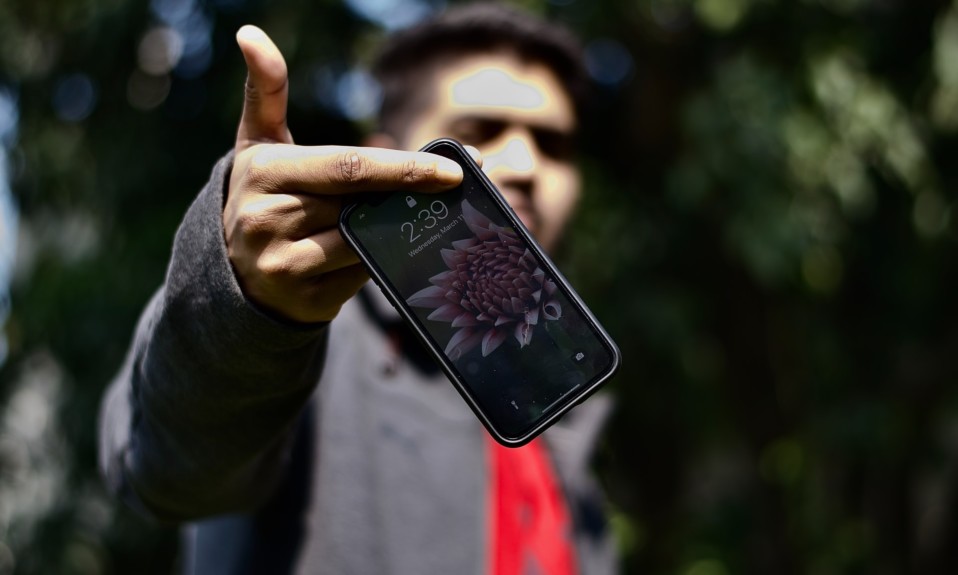If recent events in Arkansas are an indication, more states will back digital addiction care beyond the pandemic
By Jason Langendorf
April 29, 2021At a time when more Americans are waking up to the realities of a national drug crisis and the dire need for innovative solutions, lawmakers across the country are warming to the merits of an increasingly important technological tool in addiction treatment: telehealth.
Just last week, a group of Arkansas lawmakers led by Gov. Asa Hutchinson, state representative Jim Dotson (R) and state senator Bart Hester (R) helped pass HB 1063, permanently extending the March 2020 emergency legislation that had relaxed certain restrictions and increased access to telehealth during the COVID-19 pandemic.

Most notably, HB 1063 defines telehealth technology to encompass “real-time interactive audio technology, including the telephone.” Practically speaking, the bill ensures that patients—including people in recovery from substance use disorder (SUD)—can choose their own state-licensed telehealth provider, aren’t required to make an initial in-person (or originating site) visit and are now covered by insurance for over-the-phone treatment.
“Signing this into law means Arkansans will have increased choice to receive care when and where they need it,” Ann Mond Johnson, CEO of the American Telemedicine Association, said in a statement. “By making telehealth a permanent care delivery option, Arkansas modernized its healthcare system and made important strides to resolve health disparities in the state.”
Establishing telehealth as a widely accepted modality in addiction treatment has been a long struggle, tied to issues as varied as inadequate technological infrastructure, security concerns, antiquated insurance coverage rules and stigma-driven policy that has created barriers for people with SUD. But recent studies on the efficacy of telehealth for addiction treatment have been encouraging, and there is no evidence to suggest that an in-person visit to a brick-and-mortar healthcare facility is any safer or more effective than a phone call to a provider.
The Benefits of Telehealth
And in the midst of the pandemic, seemingly unfounded fears about diversion appear to be outweighed by the exploding need for addiction treatment options. The CARES Act, which loosened telehealth regulations in light of the COVID-19 public health emergency, was signed into law by President Donald Trump in March 2020. The bipartisan Telehealth Modernization Act, which sought to federally codify many of the same parameters around telehealth as state legislation such as HB 1063, was reintroduced last July. Today, telehealth proponents expect President Joe Biden, who, as vice president helped usher the SUD-focused 21st Century Cures Act into law in December 2016, will be even more friendly to digital healthcare than his predecessor. Experts believe he won’t be alone among Washington, D.C., policymakers.
Whatever happens on the federal level also needs to happen on the state level, and it’s not necessarily duplicative, because of the different payers that are at the table.”—Courtney Hunter, vice president of state policy for Shatterproof
“Legislators are tripping over themselves at the federal level to get involved in a telehealth bill,” says Courtney Hunter, vice president of state policy for the addiction nonprofit Shatterproof.
“And then it’s really important from a Medicaid perspective—even if the federal government says that this is allowable practice—to have it in statute at the state level, because that allows for state payers to reimburse for that service and state-based providers to provide that service. So whatever happens on the federal level also needs to happen on the state level, and it’s not necessarily duplicative—because of the different payers that are at the table.”
While some lawmakers remain dubious of provisions attached to proposed state telehealth legislation, the gaps in treatment access that digital care can address are becoming too difficult to ignore. Nearly 90 percent of Americans who need substance use treatment don’t receive it, and many reasons for that shortfall—including distance to facilities, lack of transportation, lack of computer or smartphone access and poor rural broadband services—can be bridged by telehealth.
In a blog post that appeared on the website Talk Business & Politics before the passing of HB 1063, Arkansas state senator Dan Sullivan (R) wrote that the bill should be considered for the following reasons:
- Every county except one in Arkansas is designated as medically underserved by the federal government
- Nearly half of Arkansans do not have a primary care physician
- The Natural State is rural and beautiful, but that means long drives to get treatment even for minor health conditions
- Many Arkansans are living in poverty, and the cost of health care is a significant barrier to access.
The Future of Telehealth
The growing philosophical synergy among states regarding telehealth expansion and codification figures to play a significant role in whether more legislation is passed at the federal level.
Says Mark Dunn, director of public policy at the National Association of Addiction Treatment Providers (NAATP), of HB 1063 and similar state legislation: “It does put pressure on members of Congress to do the same thing for the country.”
By making telehealth a permanent care delivery option, Arkansas modernized its healthcare system and made important strides to resolve health disparities in the state.”—Ann Mond Johnson, CEO of the American Telemedicine Association
Many clinicians feel the same urgency. In a May 2020 study entitled “Innovation During COVID-19: Improving Addiction Treatment Access,” lead author Elizabeth A. Samuels, M.D., cites the success of an opioid-intervention telehealth initiative in Rhode Island, noting that old assumptions and practice patterns should be challenged, especially when new solutions are focused on patients and on reducing harm.
“If the current federal guidelines instituted during the COVID-19 pandemic are to be adopted permanently,” Samuels writes, “not only could we expand medication access for patients with opioid use disorder, we would also be able to study the efficacy of this low-threshold care model over time. As clinicians working on the front lines, there are many things we will happily leave behind after the pandemic. This is one innovation we hope to carry forward.”
Top photo: Indivar Kaushik













